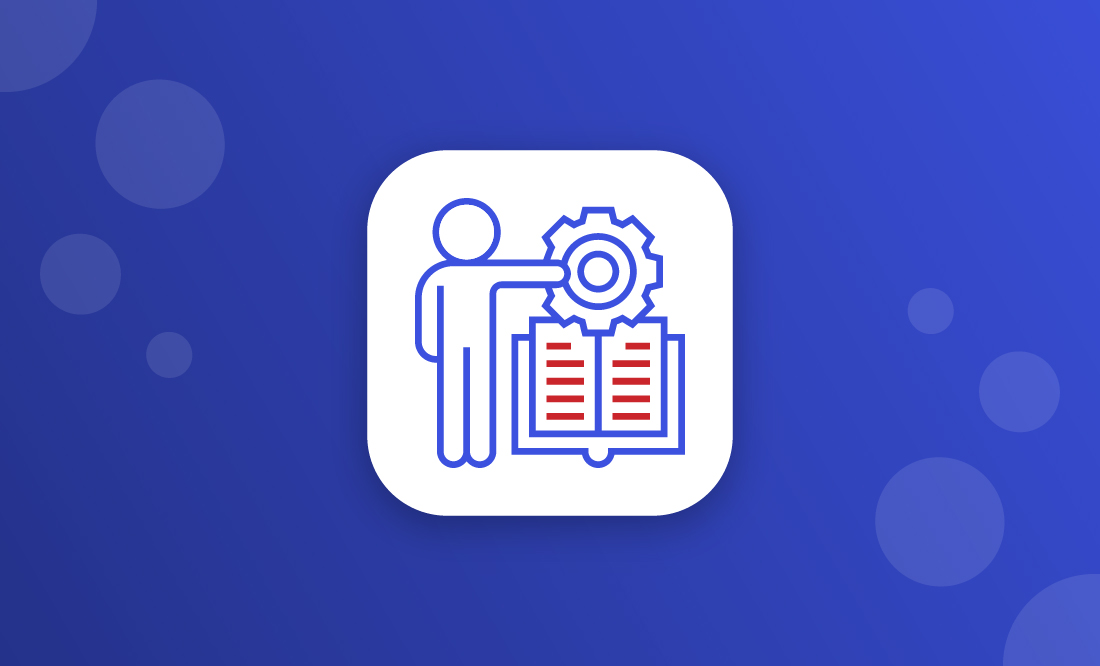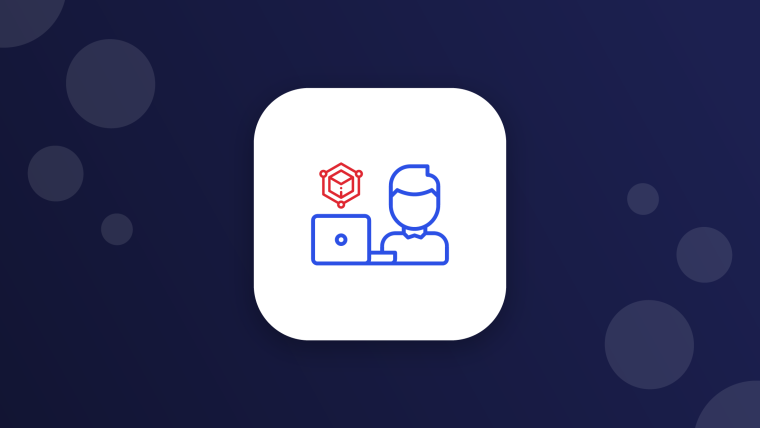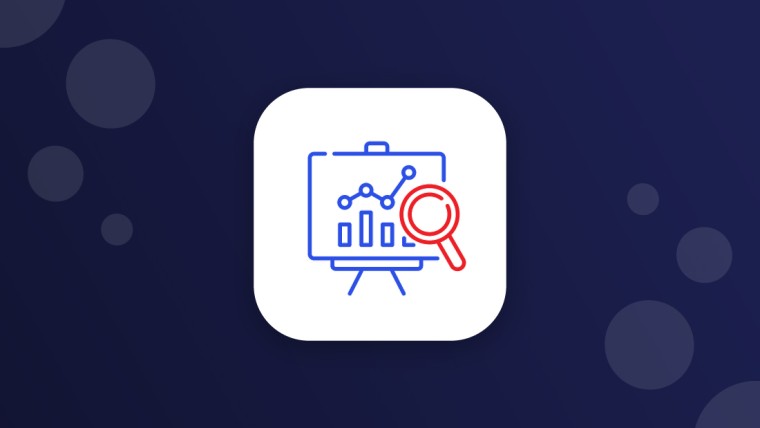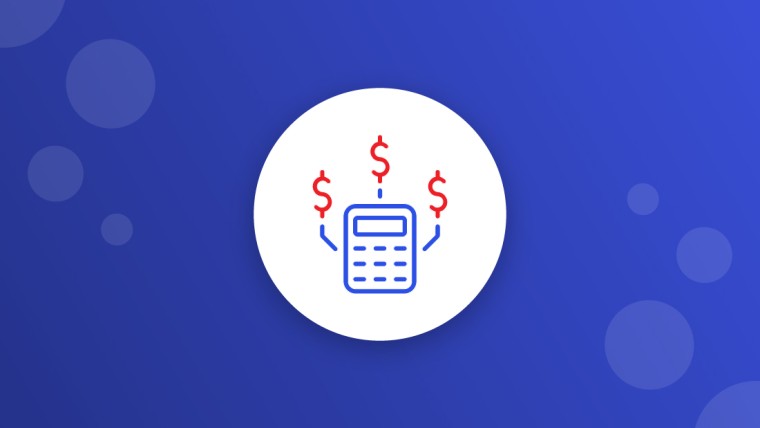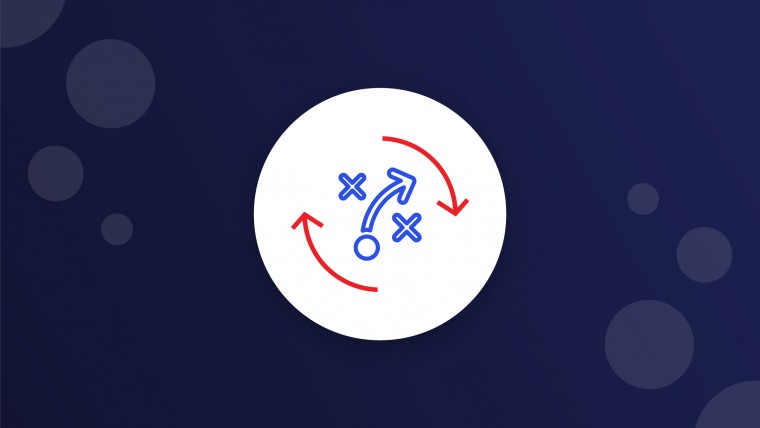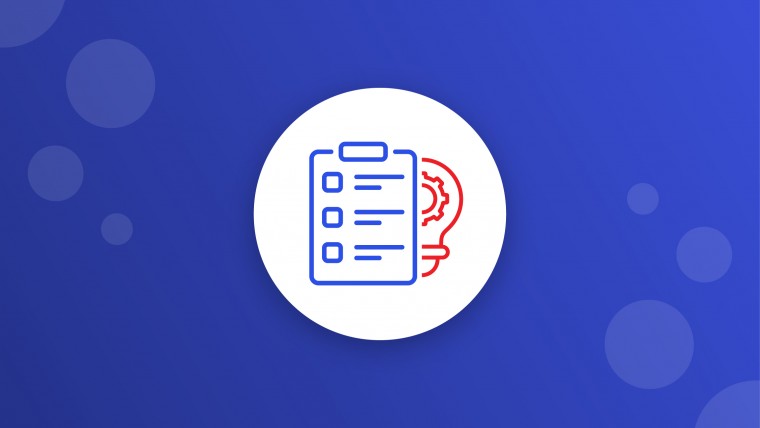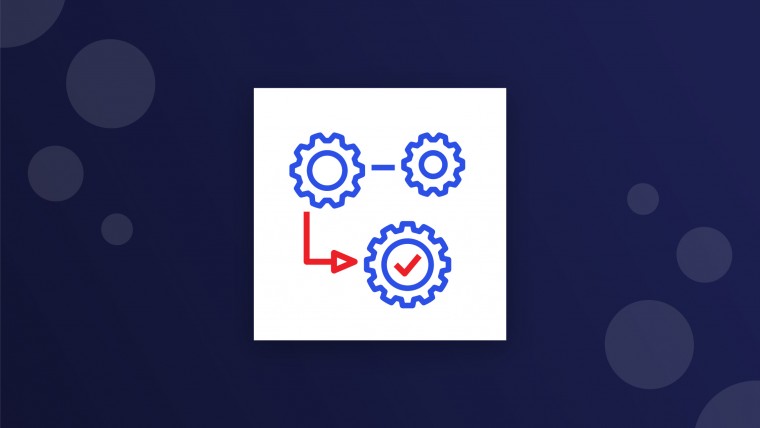According to the report of venture investor Mary Meeker, the healthcare sector is at the junction between digital technologies, and their influence has been growing since 2013. During this time, the data volume has increased by 48%. Every year, more and more sources of information become more accessible, and this affects traditional medical practice. Given all this, to revolutionize the healthcare industry, artificial intelligence-based data processing tools will be needed. But how to put them into practice?
AI solutions are well-suited to address chronic inefficiencies in the health care markets, which may result in lower costs and a burden on doctors. Collecting data that describe the medical history and current state of a sick person, just like forecasting in real-time, guidelines, and support from the attending physician are what these technologies are for. AI can do this amount of work only.
Vinod Khosla, an engineer, and investor mentioned the fact that 80% of all the processes that doctors are doing now will soon be converted to digital format. He believes that this will allow doctors to focus on the essential synergies with patients. That is, all manual processes of data collection and generation, which are now entered manually, would be much better and faster to perform AI technology.
In accordance with a Juniper Research report, the chatbots usage will reduce human resource costs, and sick person data processing will last four minutes per request only. Technology is challenging people, and the medical industry should pay attention to this – paper responsibilities must be delegated to artificial intelligence.
Here are some examples of how AI can change the health care industry in the next five years?
Doctors will “collaborate” with virtual helpers
Thanks to the use of special software helpers for the health sector, AI helpers will monitor the patient’s condition, provide continuous support, help the doctor in diagnosing diseases, and select cure options. Some companies are already trying to develop artificial intelligence for doctors using Apple Siri. For example, IBM is experimenting in this area with its Watson supercomputer, while British startup Ada is developing a “virtual nurse.”
AI helpers will collect, analyze, and transmit to doctors a considerable volume of information about each patient. This will be all kinds of information: medical history, epidemiological statistics, pictures, videos, comments, and guidelines of the therapist. With all of these data, doctors will be able to increase the level of treatment. Working with virtual helpers will become mandatory for successful medical practice.
Treatment of chronic diseases will improve 5-10 times
A considerable number of processes can be automated using AI. As the Research and Markets report shows, “basic AI can be used in medicine for research, diagnosis, treatment planning, finding solutions, making guidelines and interpreting ultrasound images, fluorography, etc.” A specialized AI assistant physician will be able to maintain a dialogue, exchange messages, answer basic patient questions, offer cure options, and much more. All data will be accumulated in digital storage, which will help doctors treat people sick with chronic diseases faster and better.
AI helpers will help not only in treatment but also in maintaining a healthy lifestyle
Virtual helpers will help not only the sick but also healthy individuals. Thanks to the analysis of medical findings and medical history, the AI assistant will be able to continually monitor the diet, workouts, medications, as well as the psychological state of the person.
This automated feature will help prevent the occurrence of the disease by generating personalized person with real-time data.
Merging Technologies, including computer pattern recognition, machine learning, speech recognition, and natural language processing, and understanding will enable patients to easily “show” or “tell” the AI helper what they are doing to maintain their health. Using motion detection sensors, digital helpers will collect valuable personal information. Thus, the patient will have a constant “friend” who, in the role of a digital assistant, will advise and monitor the maintenance of a healthy way of life.
Diagnostic equipment will be not only in hospitals
The time when individual medical equipment was available in hospitals only will be a thing of the past. Medical gadgets for home use will give accurate and timely follow-up, and will also help improve people’s overall health. The next generation of home medical devices with advanced sensors, biometrics, and a visualization mechanism is already emerging.
For example, an AliveCor pad that gets connected to a smartphone makes an ECG. With it, you can, at any time, find out the state of the heart rate or ventricular fibrillation of the heart. Another device – the test Scanadu – uses AI to take measurements from the level of chemical elements in the urine, which can be used to detect some diseases.
New diagnostic and tools for curing will become more affordable
Today’s smartphone models have cameras with high-resolution, microphones, accelerometers, a touch identifier, sensitive speakers and gyroscopes. The list goes on and on. All these “lotions” can be useful for medical purposes. For example, a slight shake of the hands while using the phone can be a signal of the initial stage of Parkinson’s disease. Behavior on social networks, visiting pages about depression, a mood of speech can indicate stress. And these are just a few examples of how you can identify certain diseases or depressive conditions with your smartphone.
Robots help patients in everyday life
Robotics today is mainly used in large industries or enterprises, but soon they will “live” with people under one roof. Assistant robots will remind patients about taking medication, help people with disabilities with hygiene or domestic needs. Some robots will be trained to support a person emotionally. For example, in Japan, there are already pet robots that help cope with loneliness.
Many are skeptical of the hype surrounding artificial intelligence, predicting only setbacks and malfunctions. But these are only assumptions. Now we are only at the beginning of the path of revolutionary AI developments. Now thoughtful learning, computer pattern recognition, the natural language processing mechanism are actively developing. In the pocket of everyone already has a computer that fits in the palm of your hand. Besides, cloud computing is actively growing. If we multiply their capabilities by a thousand, we can say that the development of AI is experiencing a rapid rise today. Also, the events do not stand still, in a few years, digital helpers will be able to fully talk with people, learn from the user’s example, understand the context and actively help others.
The medical field should start the digitalization process and implement AI. The capabilities of artificial intelligence will help not only patients and doctors but also the medical institutions themselves. Thanks to AI, you can save vast amounts of money that are used today for organizational needs, and not for helping patients.
- Automated diagnostic methods, for example, analysis of X-ray or MRI images for the automatic detection of pathology, microscopic analysis of biological material, automatic coding of ECG, electroencephalograms, etc. Storage of a large number of decrypted results of a diagnostic examination in electronic form, when there is not only the data themselves but also a formalized conclusion on them, allows you to create genuinely reliable and valuable software products that can, if not replace a doctor, provide him with practical assistance, for example, in identifying routine pathology, reduce the time and cost of the examination, implement outsourcing and remote diagnostics.
- Speech recognition and natural language understanding systems can provide significant assistance to both the doctor and the patient. Starting from the usual decoding of speech and turning it into a text as a more advanced interface for communicating with medical information systems (MIS), contacting a Call center or voice assistant to ideas such as automatic language translation upon receipt of a foreigner, speech synthesis when reading notes from MIS, a robot registrar in the hospital admissions department or the clinic’s reception desk, able to answer simple questions and route patients, etc.
- Systems for analyzing and predicting events are also quite solvable AI tasks now, and they can have a significant effect. For example, on-line analysis of changes in the incidence of diseases allows you to quickly predict the shift in patient access to medical organizations or the need for drugs.
- Systems of automatic classification and verification of information help to relate information about the patient, which is in various forms in various information systems. For example, it will be possible to build an integrated electronic medical record from individual episodes described with different details, without explicit or contradictory structuring of information. Promising is the technology of machine analysis of the contents of the content of social networks, Internet portals to quickly obtain sociological, demographics, marketing information about the quality of work of the health services and individual medical institutions.
- Automatic chatbots to support patients can be of great help in introducing sick people to a healthy way of life and following the prescribed curing. Already, chatbots can learn how to reply to routine questions, offer tactics for the behavior of a sick person in simple situations, connect a sick person with the right doctor using telemedicine, give diet guidelines, etc. Such a development of health care towards self-care and greater involvement of patients in protecting their health without a visit to a doctor can save significant financial resources.
- Development of robotics and mechatronics. The well-known robot surgeon Da Vinci is only the first step towards, if not replacing the doctor with a machine, then at least improving the quality of work of medical staff. The integration of robotics with AI is now considered as one of the promising areas, thanks to which it will be possible to transfer routine manipulations to machines, including in medicine.
Of course, when it comes to human health, do no harm principle is essential, their implementation requires a robust regulatory framework and a thorough evidence base when introducing emerging technologies bestest air conditioner repair temecula ca. However, is it worth being skeptical when it comes to the latest technologies in advance and deny their possible practical application in the future, ignoring the apparent successes? It has to be recognized that in the XXI century, AI as technology will have the most significant transformative impact on our lives, from the package of technologies that we use in the medical profession.
About the author
Melisa Marzett is a freelance writer with more than five years of experience in the writing area traveling throughout the world who is currently writing articles for www.smartessaywriter.com and enjoying such a lifestyle.

